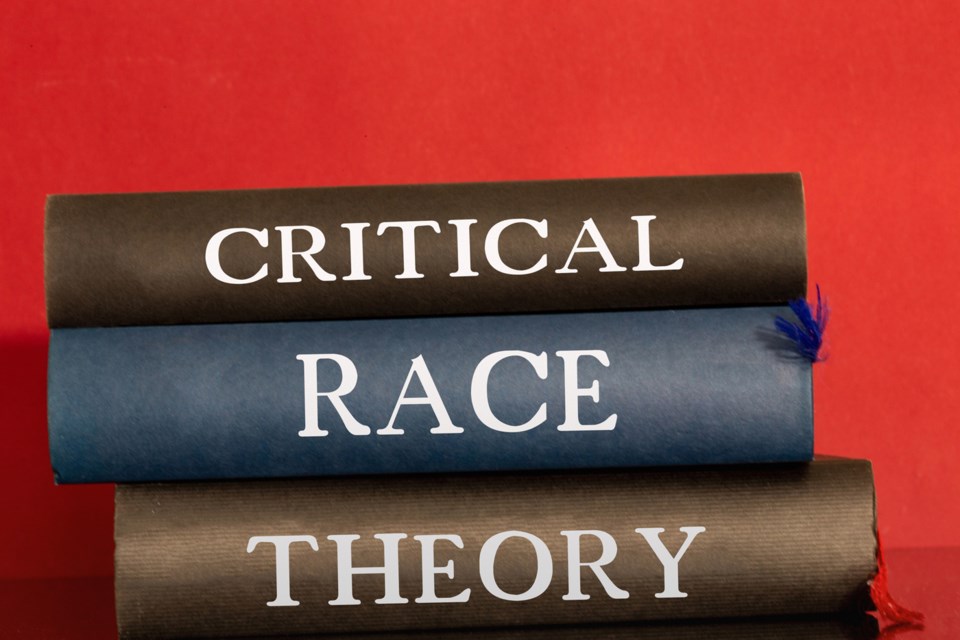Given the criticisms of Critical Race Theory (CRT) on the far right of the political spectrum, I set out to understand this controversial approach to viewing our world. What does it actually say?
The first point of CRT is to question the narrative told by our dominant society. Few would argue that “History is written by the victors.” In the quest for truth, we need to challenge that story. There are, for example, certain patterns of storytelling that are prevalent when discussing crimes against humanity. Genocide scholar Gregory Stanton, states “The perpetrators …. deny that they committed any crimes, and often blame what happened on the victims.”
The second point of CRT is to recognize the permanence of racism. It was and continues to be a part of our society. We remain far from the vision of Dr. Martin Luther King, Jr. who said, “I have a dream that my four little children will one day live in a nation where they will not be judged by the color of their skin but by the content of their character.”
The third point is “whiteness as property”. White culture sets the standard for what is acceptable. This often becomes obvious in the world of sports. For example, despite his exceptional skill on the basketball court, much criticism was heaped upon Allen Iverson in the early 2000s for the way he wore his hair and adorned his body.
In addition, white privilege exists. Consider the significant misfortune that is caused to everyone when we fail to give equal opportunities for education and well-being to members of our global community based solely on arbitrary factors like ethnicity, place of residence, and socioeconomic status. How many potential Nobel Prize winners have we failed to educate?
This leads to the fourth point of “interest convergence”. Why are gains in human rights for members of minority groups seen as gains at all? Are they not simply rights one should receive simply because one is human? If social statistics are skewed in favour of one group or another, we need to honestly ask why this is the case and work as a society to resolve these issues.
The final point of CRT challenges modern liberal thinking. We are not colourblind and everyone is not treated equally under the law. Racism exists. If you think that it does not, observe an undercover security person in a Canadian shopping center (they are not hard to recognize) and watch how they follow Indigenous people who are just trying to live their lives. Then ask yourself, “If I lived someplace where I was a visible minority, would I appreciate being treated this way?”
Modern liberal thinking also tells us that we need to be satisfied with incremental change. Even though, as Doctor King frequently pointed out, “The arc of the moral universe is long, but it bends toward justice,” there is no reason why this change needs to be so painfully slow. In 2015, the Truth and Reconciliation Commission provided Canadians with 94 Calls to Action to help our country heal from its colonial past. To date, only 13 of these have been completed.
These are the key points of CRT, a theory that cannot even be mentioned in certain parts of the world. It has nothing to do with feeling guilty because one is white, despite the sensationalized perspectives we see against CRT in the media.
Race is arbitrary and it should never take precedence over our humanity. If we are going to be brutally honest with ourselves, however, we must recognize that racism has impacted, and continues to impact, the way we treat one another.
A viewpoint like Critical Race Theory simply offers us a lens to look honestly at the reasons why disparities exist, and hopefully helps us to find ways to thrive together.
Gerry Chidiac is a Prince George writer.


